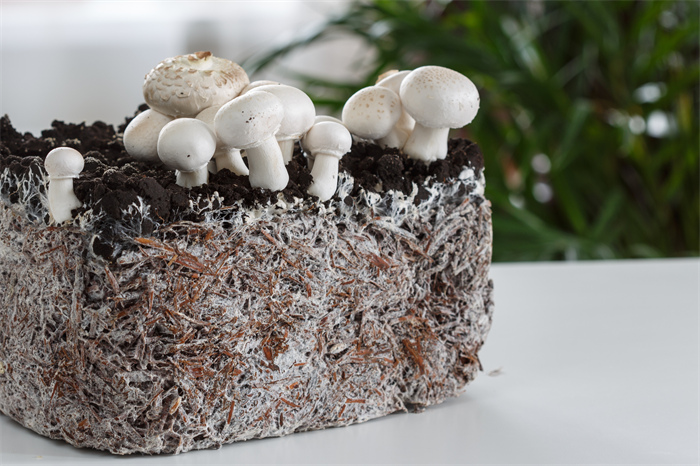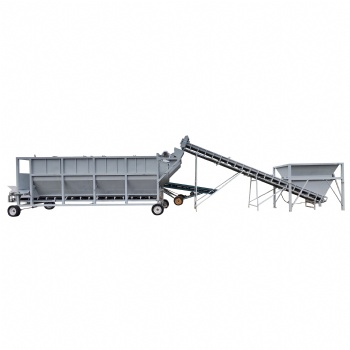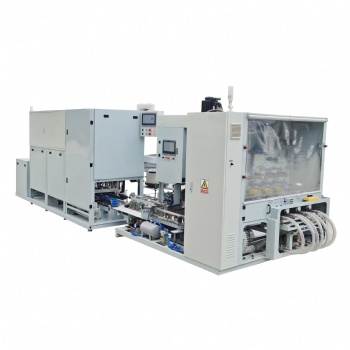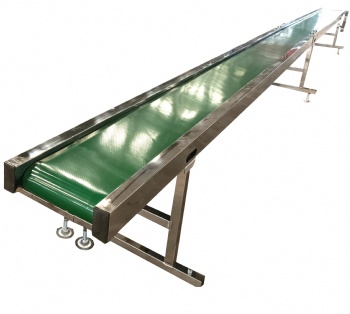News
Cultivation and reproductive growth stages of mycelium
Cultivation and reproductive growth stages of mycelium

1. Mycelium Cultivation Stage
In the decomposing substrate, the huge mycelium continues to spread, degrade the substrate, absorb nutrients,
build its own structure, store energy, and release a large amount of respiratory heat; at the same time, as the
culture medium degrades, the organic acid produced promotes the acidification of the culture medium and
gradually reaches a physiologically mature state. This stage is called the cultivation stage. The core lies in
the accumulation of biomass (i.e. mycelium). Only sufficient biomass can lay the foundation for subsequent
high-quality and high-yield production.
The cultivation process can be divided into three periods according to the growth characteristics of mycelium:
colonization period, fever period and post-ripening period. Each period has different requirements for temperature,
light, moisture and air environment.
2. Mycelium reproductive growth stage
After the cultivation bag is physiologically mature, it is stimulated by mechanical or environmental conditions
(temperature, light, moisture and air) and the pH value is reduced, and the vegetative growth ends and turns
to reproductive growth. The mushroom bud primordium is formed, differentiated and grows rapidly to maturity,
and the spores are ejected. This process is the reproductive growth stage.
It is worth noting that too high nitrogen content in the culture medium may delay reproductive growth.
For example, excessive nitrogen fertilizer in rice cultivation will lead to excessive growth, delayed heading,
and reduced yield. Therefore, it is crucial to properly control the carbon-nitrogen ratio in fruiting body culture.
Categories
Contact Us
- +86 15093267083
- +86 15093267083
- amy@zzbelead.com
- +8615093267083




